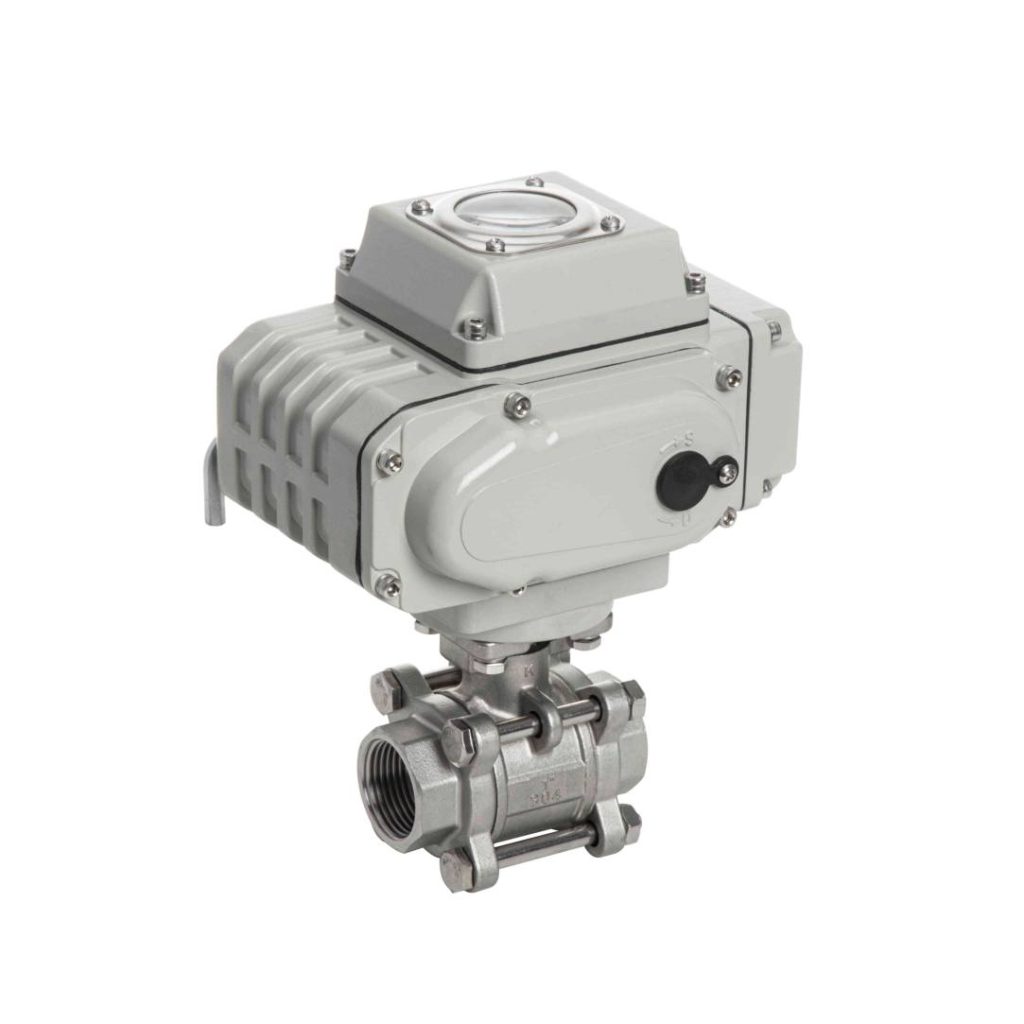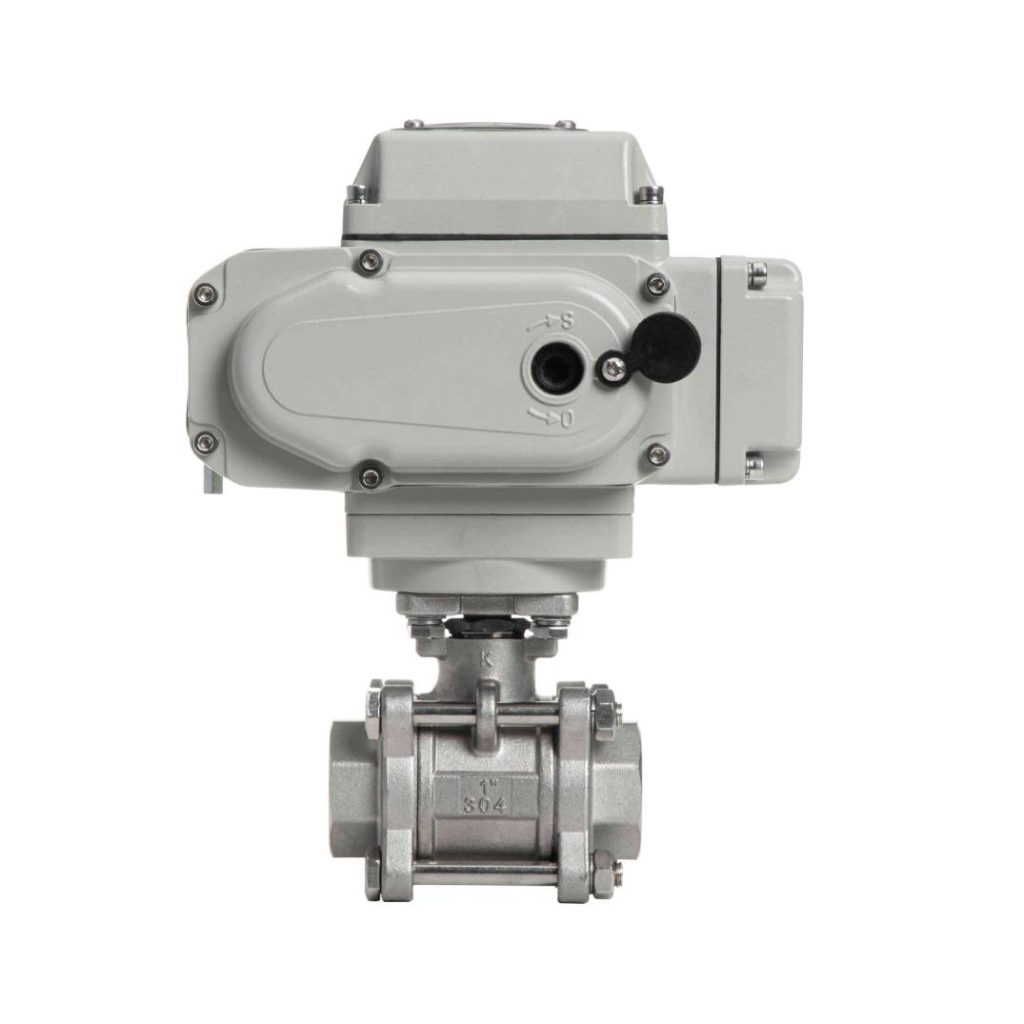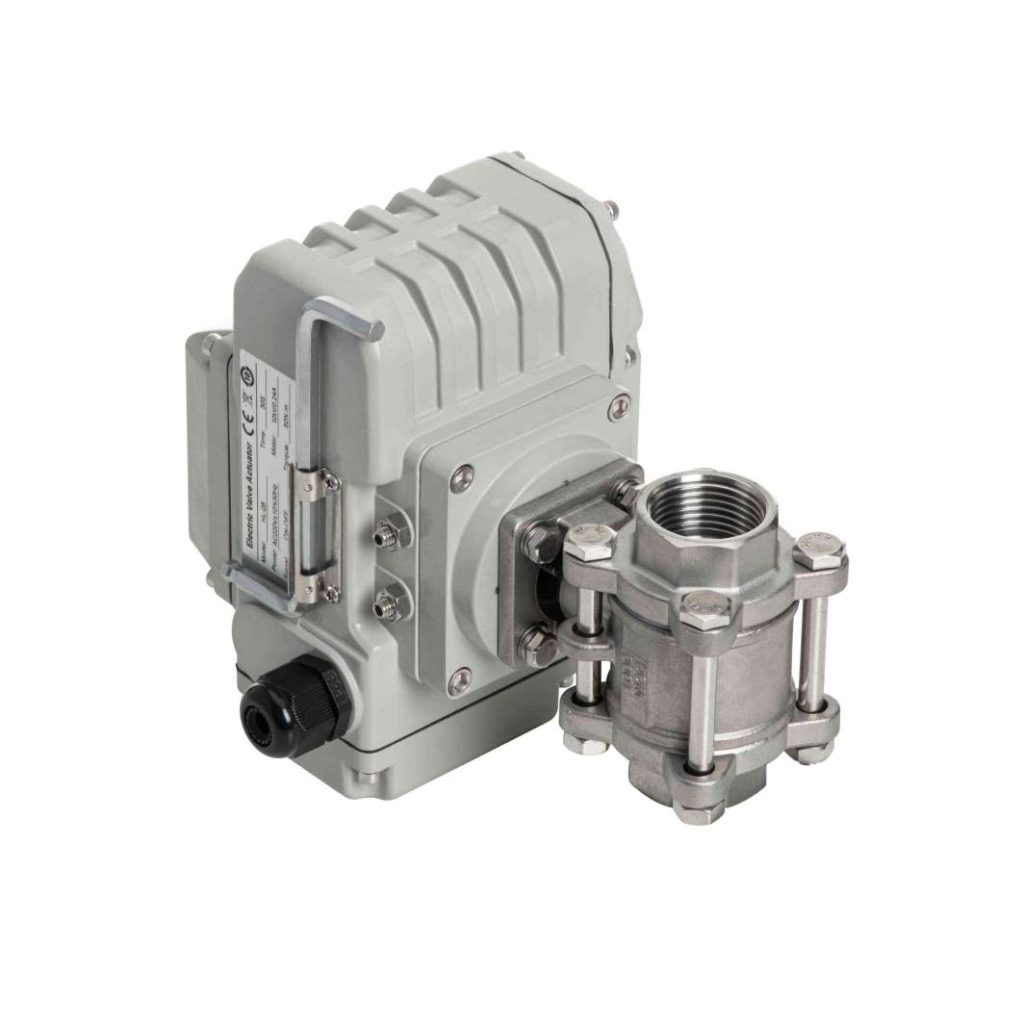Electric screw ball valves are essential components in modern fluid control systems, integrating the precision of electric actuation with the reliability of ball valve designs. These valves have gained popularity across various industries due to their efficient operational capabilities and versatility in handling different types of fluids. This article delves into the intricacies of electric screw ball valves, exploring their design, advantages, applications, and maintenance considerations.

What is an Electric Screw Ball Valve?

An electric screw ball valve is a type of quarter-turn valve that utilizes an electric actuator to open or close the valve by rotating a ball with a hole in its center. This ball mechanism allows for quick and precise control of fluid flow, making it ideal for applications that require reliable shut-off and throttling capabilities. The “screw” aspect refers to the use of a screw mechanism within the actuator, which converts rotational motion into linear motion, effectively managing the valve position. Key Components Electric screw ball valves consist of several key components: Valve Body: The main structure that houses the ball and seals. It is typically made from durable materials such as stainless steel, which provides resistance to corrosion and wear.

Leave a Reply